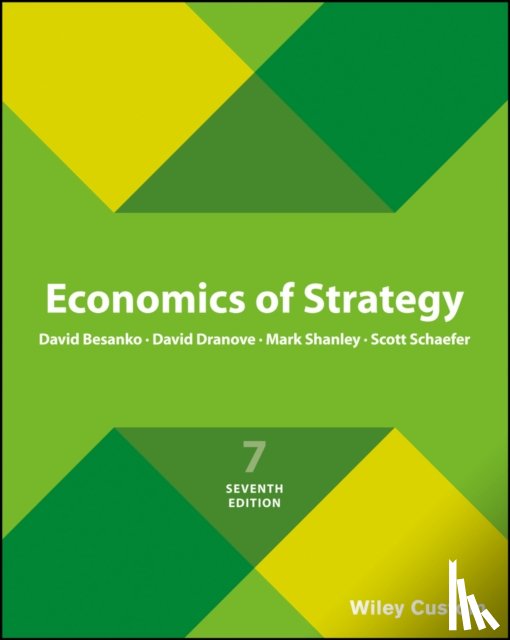Stel een vraag
Ik heb een vraag over het boek:
‘Economics of Strategy - Besanko, David (Northwestern University), Dranove, David (Northwestern University), Shanley, Mark (Purdue University), Schaefer, Scott (Northwestern University)’.
Vul het onderstaande formulier in.
We zullen zo spoedig mogelijk antwoorden.


